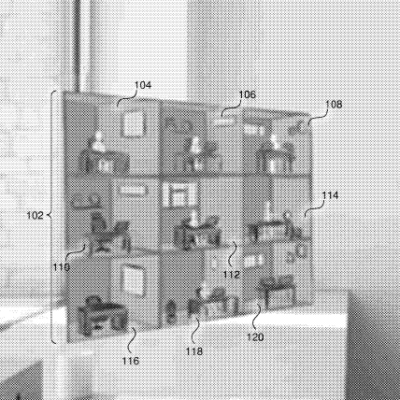Right now, you can only see things on your screen. In the metaverse, you would be able to touch them too. Imagine being able to feel the pull of the trigger in a virtual first-person zombie-shooter game.
Let’s see some ingenious inventions that will ultimately bring the sense of touch to the metaverse.
Touch will come to the virtual world through haptic gloves. These gloves will simulate touch by actually pushing against your skin when you touch a virtual object.
Companies like HaptX have been working on such gloves for a couple of years now. Last month, Meta also showcased its prototype. The technology is still in a nascent stage and these iterations are unable to emulate things like texture of objects.

However, that is likely to change soon because Meta seems to be working on a solution that can overcome a major limitation of haptic gloves — actuator density.
Actuator density is the equivalent of pixel density in displays. On low-resolution displays, images look pixelated and therefore, unreal. Similarly, with low actuator density, touch would feel unreal.
Modern haptic gloves, like the Meta’s prototype, use tiny, balloon-like actuators which can be inflated/deflated by air pushed/sucked through hair-thin conduits. Watch the video below to see these in action.

To emulate realistic touch sensation, though, haptic gloves might need up to a hundred actuators on just one fingertip.
That’s a lot. Say each glove has a thousand actuators. It would require you to run a thousand air conduits from the base of the glove (where a controller would typically reside) to the fingertips and then control them individually — a big challenge!
Unless there was a way out…
What if you could create an air circuit, which behaves just like an electric circuit? Then the actuators could be controlled by just a small number of ‘coded signals’ transmitted from the base of the glove. Such a circuit could carry ‘information bits’ instead of individual actuation signals. At the fingertips, then, these bits could be converted into actuation signals locally.
Earlier this month, Meta obtained a patent on these lines.

This patent describes about a dozen different designs for making air-based equivalents of electronic transistors. It is well known that once you have a transistor working, you can string those transistors together to create any arbitrary digital circuit.
One digital circuit particularly relevant in this case would be a decoder. A decoder can allow, for example, controlling a thousand actuators with just 10 input air channels.
If Meta can develop technology to actually build these air transistors on a substrate that is fit to go into a glove, it means a big leap forward towards a practical haptic glove that doesn’t look as bulky as the prototypes we see today.
If you liked this article, subscribe to our newsletter to get more of such exciting stuff in your inbox.


